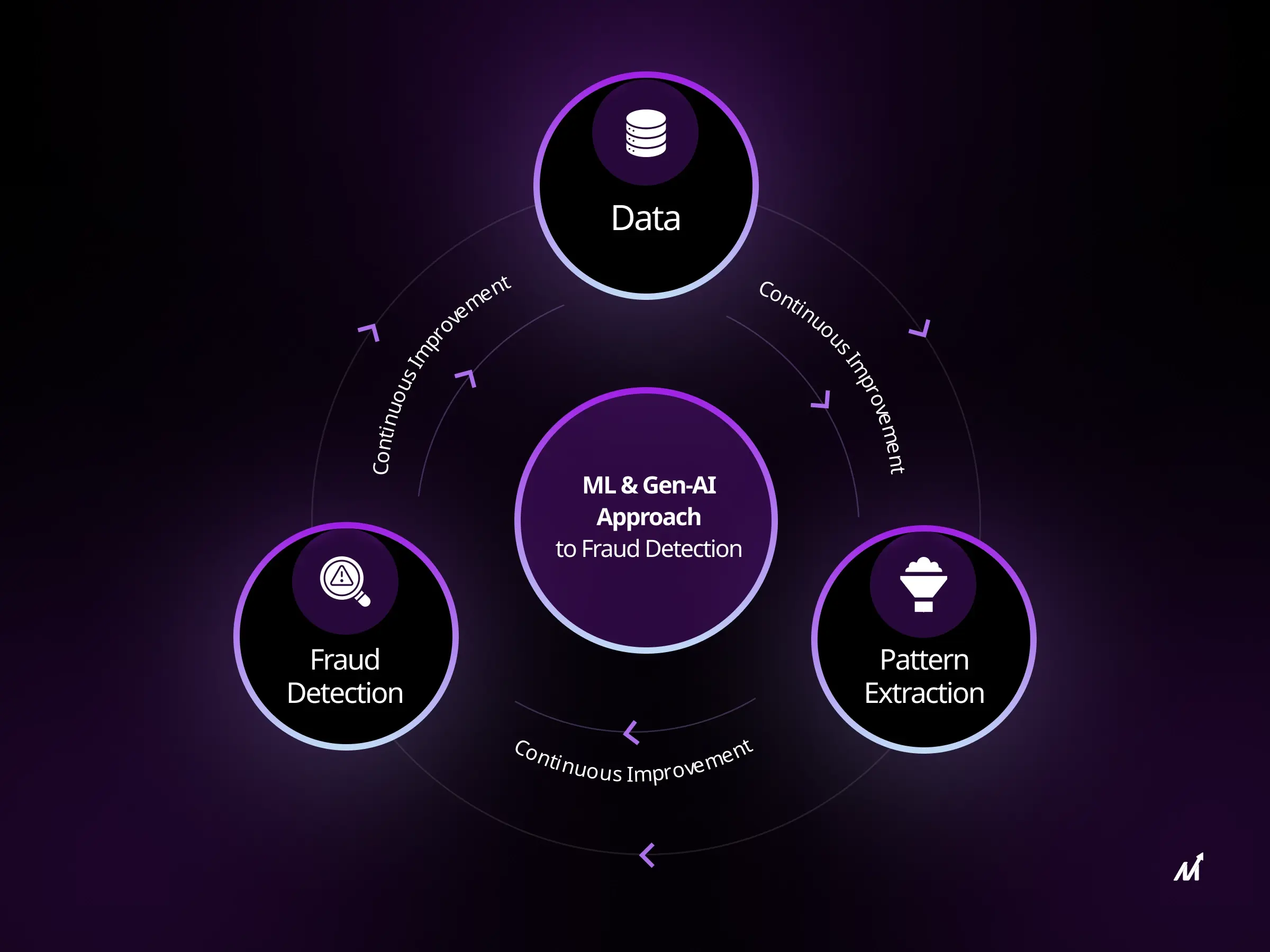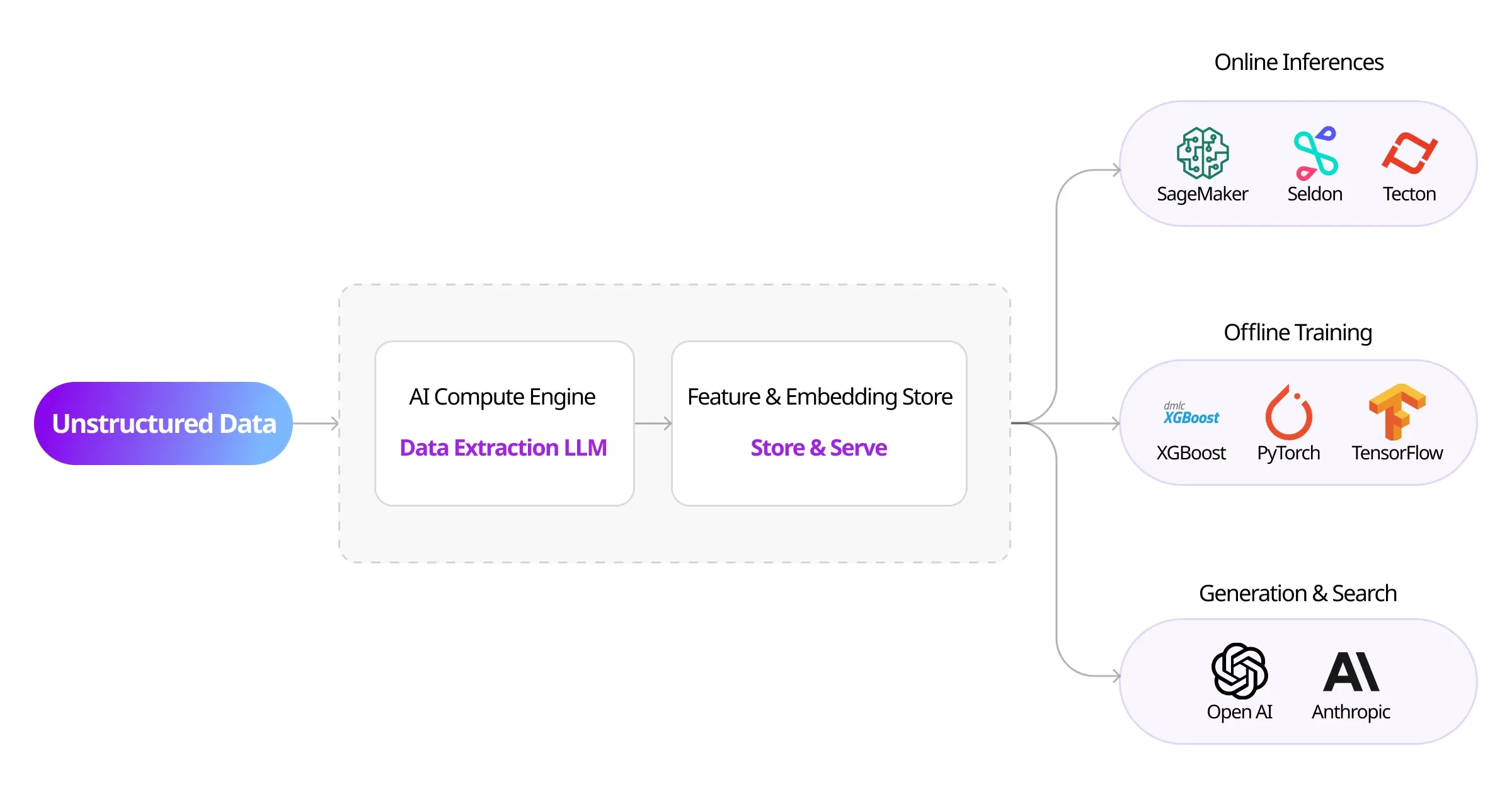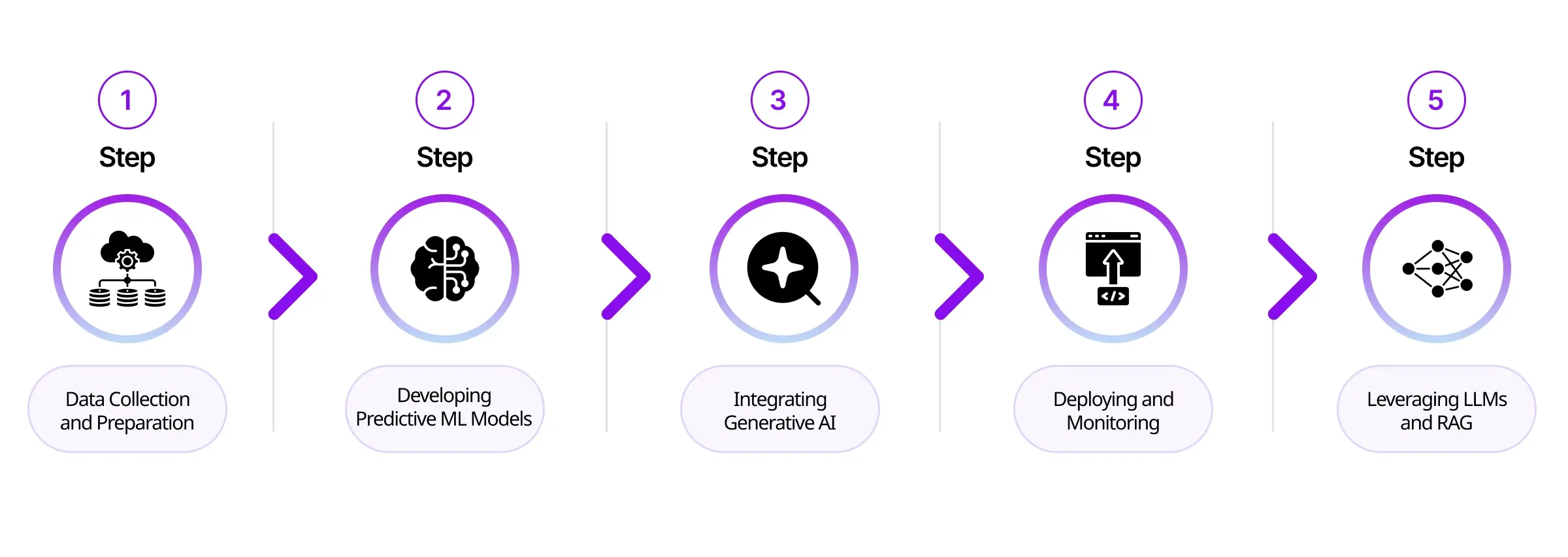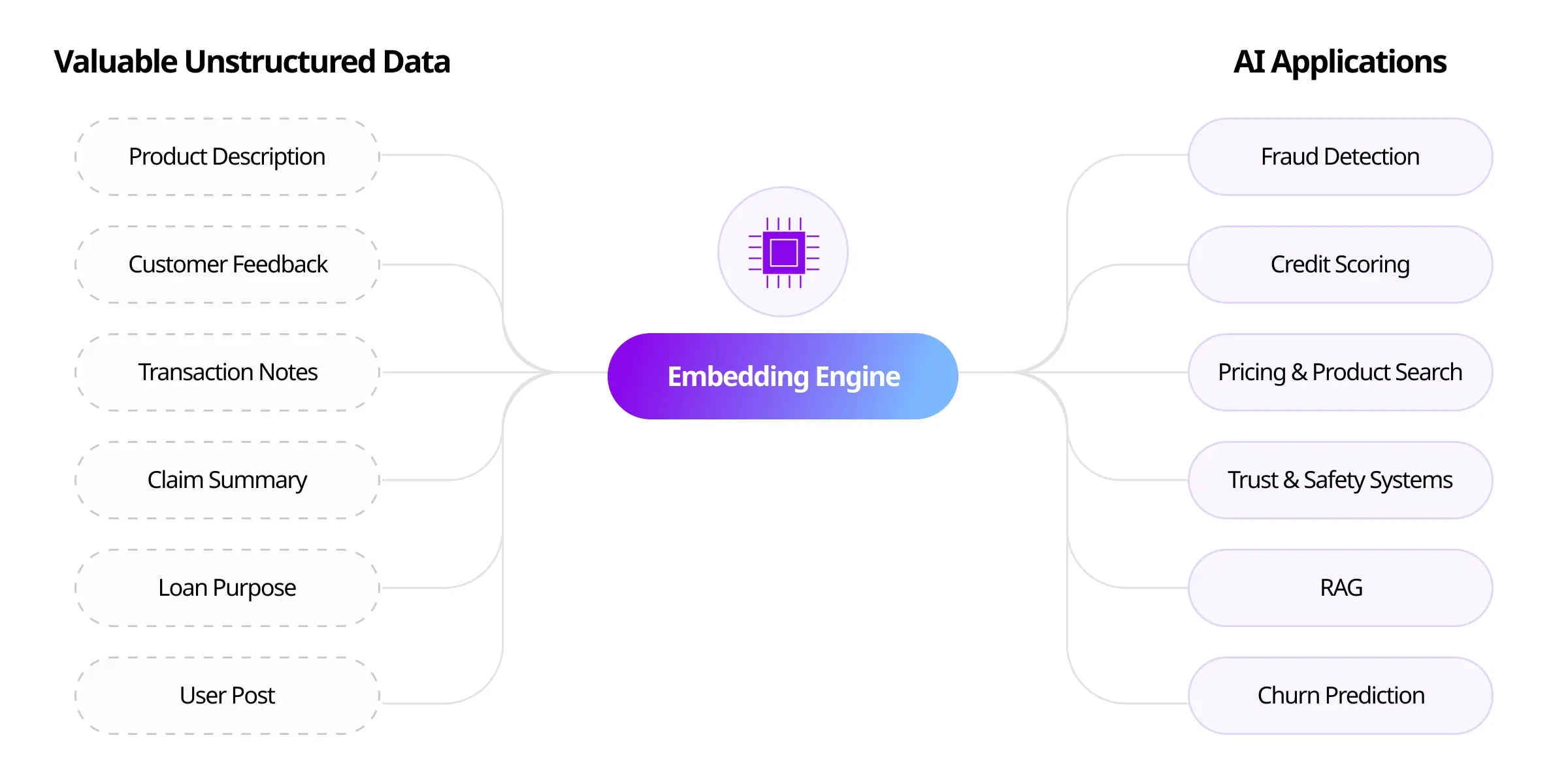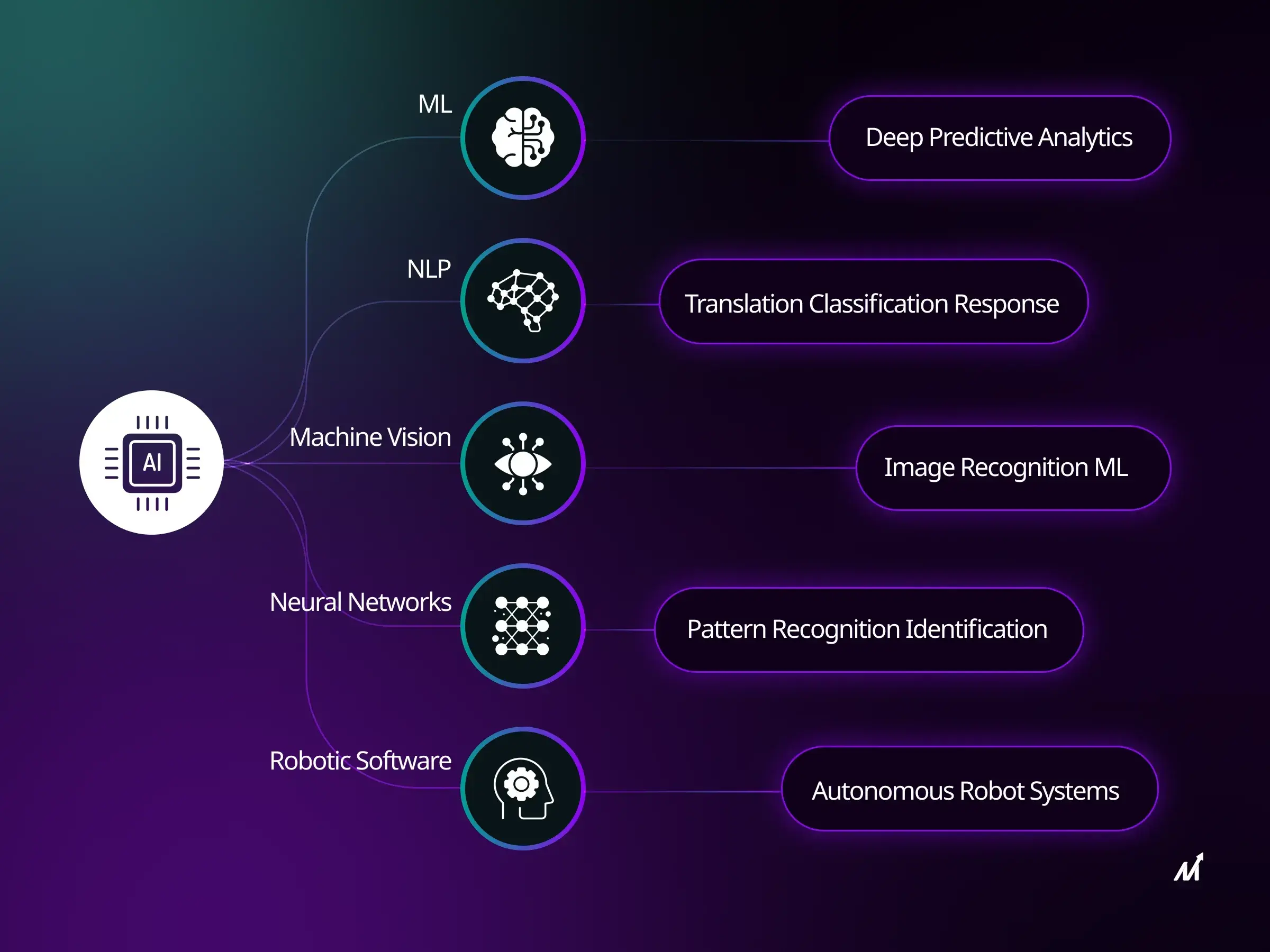The landscape of fraud detection is rapidly evolving, driven by increasingly sophisticated fraudulent activities. As cybercriminals employ advanced tactics, traditional methods of fraud detection struggle to keep pace. To combat these threats effectively, enterprises must leverage innovative technologies such as Predictive Machine Learning (ML) and Generative AI (Gen AI). These technologies not only enhance the detection of suspicious activities but also predict and prevent fraud with unprecedented accuracy.
Fraud poses a significant risk to enterprises across various sectors, from finance and retail to healthcare and telecommunications. The financial implications are staggering, with businesses worldwide losing an estimated $5 trillion to fraud each year, as highlighted by the Association of Certified Fraud Examiners (ACFE). Beyond financial losses, fraud undermines consumer trust, damages brand reputation, and incurs regulatory penalties.
In response, enterprises are increasingly turning to advanced AI-driven solutions. According to a survey by PwC, 47% of organizations have implemented AI technologies to combat fraud, recognizing the need for more sophisticated detection and prevention methods.
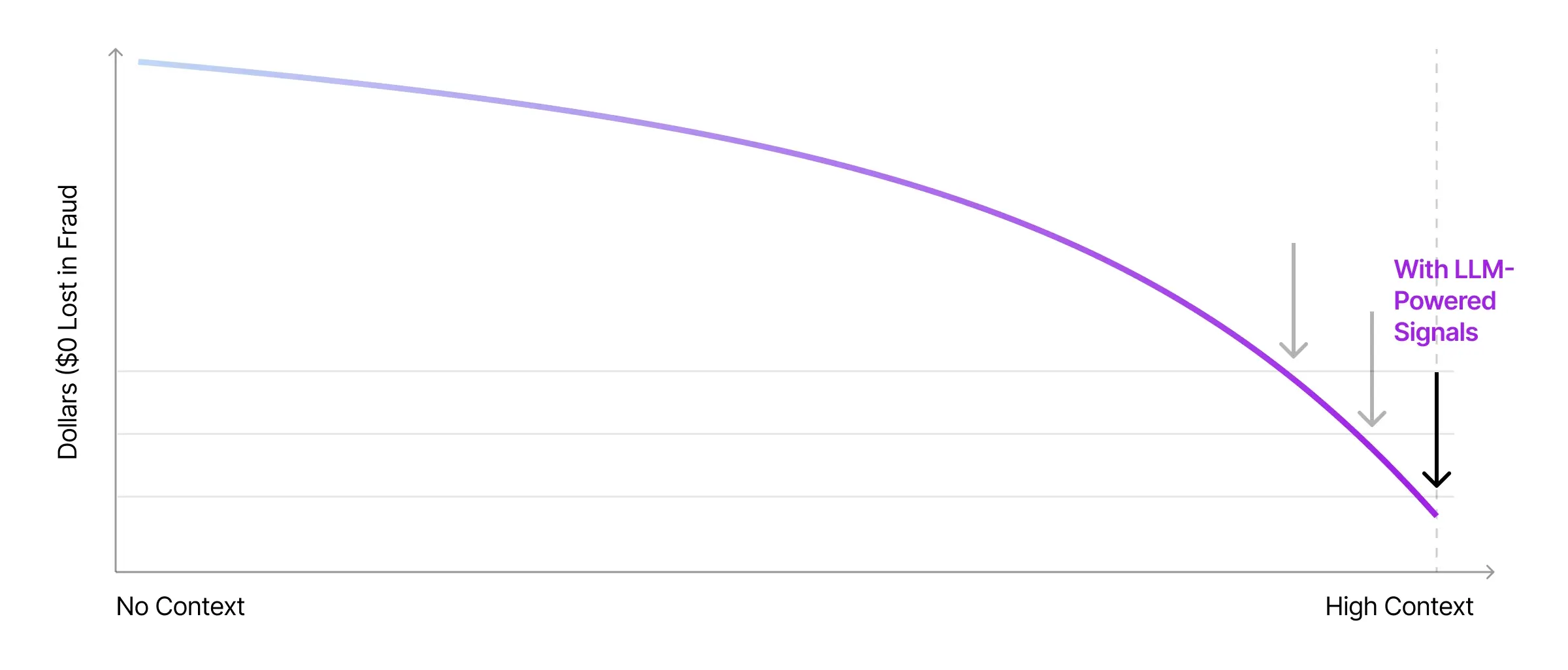
This blog delves into the technical intricacies of creating next-gen fraud detection systems by integrating advanced ML models and Gen AI technologies. We will explore the roles of embeddings, Retrieval-Augmented Generation (RAG), ETL processes, and LLM-powered feature pipelines in developing robust and adaptive fraud detection mechanisms.
Integrating Predictive ML and Generative AI in Fraud Detection
1. Running ETL and Gen AI Features in a Single Application
The foundation of any effective fraud detection system lies in its ability to handle large volumes of data efficiently. By integrating Extract, Transform, Load (ETL) processes with Gen AI features, enterprises can streamline data processing and analysis.
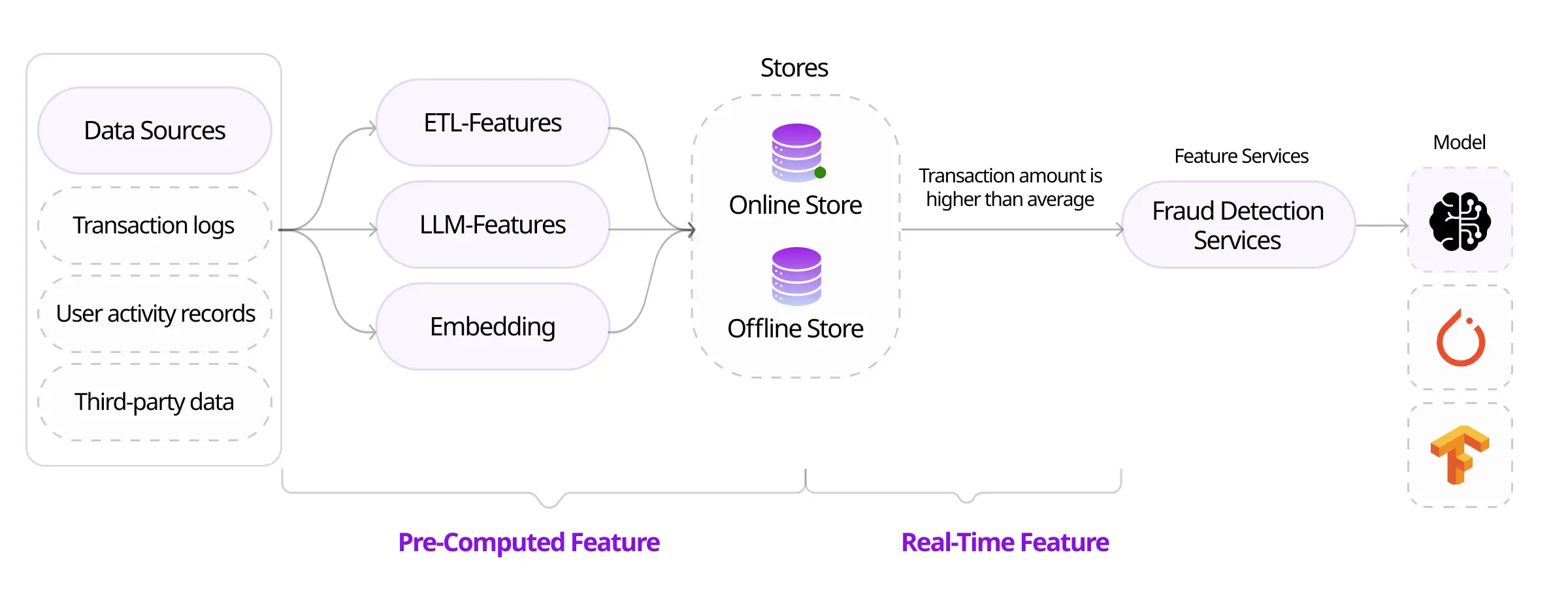
Data Extraction
Collect data from various sources such as transaction logs, user activity records, and third-party data providers. Ensure that the data is clean, labeled, and normalized for consistency.
Data Transformation
Prepare the data for analysis using transformations. This includes data normalization, handling missing values, and encoding categorical variables.
Data Loading
Load the transformed data into a centralized data warehouse or a data lake, making it accessible for both ML and generative AI processes. Integrating ETL processes with generative AI allows for the generation of synthetic datasets to supplement real-world data, enhancing the training of predictive ML models.
2. Common Features in Fraud and Risk Detection
Modern fraud and risk detection systems incorporate several advanced features to improve accuracy and efficiency:
Embeddings
Embeddings are vector representations of data that capture the semantic relationships between entities. In fraud detection, embeddings can represent users, transactions, and products, enabling the system to understand complex patterns and anomalies.
Dimensions
Dimensions refer to various attributes of the data, such as time, location, and user demographics. Analyzing data across multiple dimensions helps in identifying contextual patterns of fraudulent behavior.
Aggregations
Aggregations involve summarizing data to extract meaningful insights. For example, aggregating transaction data over a period can reveal unusual spending patterns indicative of fraud.
Data Retrieval
Efficient data retrieval mechanisms are essential for real-time fraud detection. This involves indexing and querying large datasets to quickly identify and analyze suspicious activities.
Extraction and Policy Logic
It is critical to extract relevant features from raw data and apply policy logic based on predefined rules and machine learning models. This logic defines how the system reacts to potential fraud signals.
3. LLM-Powered Feature Pipelines
Large Language Models (LLMs) like GPT-4 can significantly enhance feature pipelines by automating the extraction of useful information at scale. These models can analyze unstructured data sources—such as transaction logs, customer interactions, and social media feeds—to identify patterns and anomalies that might indicate fraudulent behavior. By integrating LLMs into feature pipelines, businesses can automate the extraction of relevant features, ensuring that the ML models are fed with high-quality, pertinent data.
Automated Feature Extraction
LLMs can process unstructured data such as customer reviews, emails, and social media posts, extracting features relevant to fraud detection.
Contextual Understanding
LLMs can understand the context of transactions and user interactions, providing deeper insights into potential fraud patterns.
Scalability
By leveraging LLMs, enterprises can scale their fraud detection systems to handle massive data volumes without manual intervention.
4. Embedding-Powered Predictive Models and RAG
Embeddings and Retrieval-Augmented Generation (RAG) techniques enhance the capabilities of predictive models:
Embedding Integration
Integrate embeddings into predictive models to improve their ability to recognize complex patterns in data. For example, embeddings can represent user behavior sequences, which are critical for detecting anomalies.
RAG for Unstructured Data
RAG combines retrieval mechanisms with generative models to leverage valuable unstructured data in AI applications like fraud detection and credit scoring. It retrieves relevant documents or data points and uses them to generate informed predictions.
Building the Next-Gen AI Fraud Detection System
Let’s outline a step-by-step process to build a next-gen fraud detection system using these advanced techniques:
1: Data Collection and Preparation
- Source Identification: Identify data sources including transaction records, user activities, and external data feeds.
- Data Extraction: Use ETL processes to extract data from these sources.
- Data Cleaning and Transformation: Normalize and transform the data to prepare it for analysis.
2: Developing Predictive ML Models
- Feature Engineering: Use embeddings to create meaningful features from raw data. For instance, generate user behavior embeddings and transaction embeddings.
- Model Training: Train predictive ML models using the enriched dataset, incorporating both real and synthetic data from generative AI.
- Model Validation: Validate the models using cross-validation and hold-out test sets to ensure accuracy and robustness.
3: Integrating Generative AI
- Synthetic Data Generation: Use generative models like GANs to create synthetic datasets that reflect realistic fraud patterns.
- Scenario Simulation: Simulate various fraud scenarios using generative AI to test and improve the predictive models.
4: Deploying and Monitoring
- Real-Time Processing: Deploy the trained models into the enterprise’s transaction processing systems for real-time fraud detection.
- Continuous Monitoring: Implement monitoring systems to track model performance and detect drifts or new fraud patterns.
- Periodic Retraining: Continuously update and retrain the models with new data and insights to maintain their effectiveness.
5: Leveraging LLMs and RAG
- Feature Pipeline Automation: Use LLMs to automatically extract features from unstructured data, enhancing the fraud detection system.
- Embedding and RAG Integration: Integrate embeddings and RAG to process and utilize valuable unstructured data effectively, improving prediction accuracy and coverage.
Practical Applications
- Real-Time Transaction Monitoring: Generative AI can enhance real-time monitoring systems by generating synthetic fraudulent transactions to train and refine detection algorithms. This continuous learning process ensures that the models remain effective against evolving fraud tactics.
- Credit Scoring and Risk Assessment: Gen AI analyzes a broader spectrum of data points, including non-traditional data such as online behavior and social media activity, to offer a more nuanced evaluation of borrower risk, leading to smarter lending decisions.
- Customer Interaction and Sentiment Analysis: AI-driven tools can analyze customer interactions and sentiments to identify potential fraud signals, such as sudden changes in behavior or sentiment that could indicate account takeover attempts.
How Markovate Can Help Build Next-Gen Fraud Detection Systems
At Markovate, we offer tailored solutions to help enterprises build next-generation fraud detection systems. Leveraging advanced technologies such as predictive ML and generative AI, we work closely with our clients to understand their unique needs and challenges.
Our team specializes in harnessing the power of embeddings, Retrieval-Augmented Generation (RAG), and large language models (LLMs) to develop sophisticated fraud detection algorithms.
From data collection and preprocessing to model development, deployment, and monitoring, we provide end-to-end support, ensuring seamless integration with existing infrastructure and workflows. With a proven track record of delivering successful fraud detection solutions, we are committed to innovation and collaboration, working as an extension of your team to achieve shared goals.
By partnering with us, enterprises can benefit from our continuous innovation and collaborative approach. We prioritize transparent communication, agile development methodologies, and iterative feedback loops to ensure that our solutions remain effective and adaptive in the face of evolving threats. Our proactive stance towards staying ahead of emerging fraud tactics enables us to deliver results that safeguard your assets and reputation.
Contact us today to learn how we can help you build a next-gen fraud detection system that meets your unique requirements and empowers your organization to combat fraud effectively.
Conclusion
Next-gen fraud detection systems leveraging predictive ML and generative AI represent a significant advancement for enterprises. By integrating ETL processes, embeddings, RAG, and LLM-powered feature pipelines, these systems can proactively identify and mitigate fraudulent activities with unparalleled accuracy and efficiency. Enterprises adopting these technologies can ensure robust security, maintain customer trust, and stay ahead of increasingly sophisticated cyber threats. Embrace the future of fraud detection and transform your enterprise’s security infrastructure today.

I’m Rajeev Sharma, Co-Founder and CEO of Markovate, an innovative digital product development firm with a focus on AI and Machine Learning. With over a decade in the field, I’ve led key projects for major players like AT&T and IBM, specializing in mobile app development, UX design, and end-to-end product creation. Armed with a Bachelor’s Degree in Computer Science and Scrum Alliance certifications, I continue to drive technological excellence in today’s fast-paced digital landscape.

